SEARCH






|
|
|
|


On one of my walks through Amsterdam I was drawn to a book I saw in the window of Athene book-store: “Circus Amsterdam” by the well-known Dutch photographer Gerard Wessel. It was the day the book came out and when I stepped inside the author was there. We started a conversation. I was intrigued by him and asked to be granted an interview. He agreed and in December 2016 I met him at his home. It was filled with boxes full of photos and negatives, many analogue cameras and prints of himself and of famous photographers.
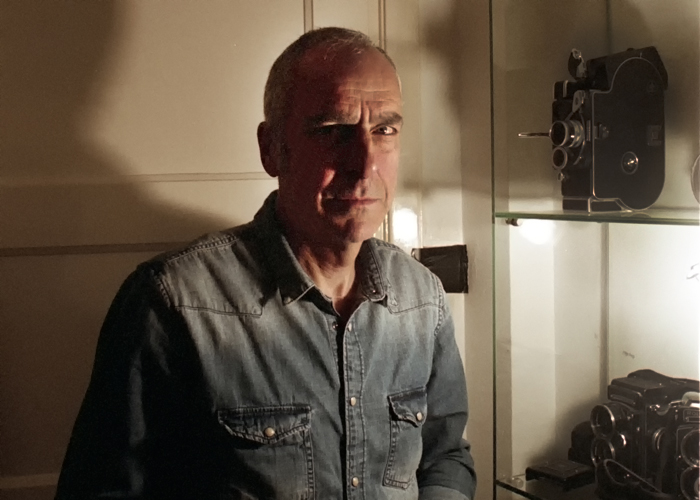 Portrait Gerard Wessel by Marc van Kempen
Portrait Gerard Wessel by Marc van Kempen
In 2016, the “Rijksmuseum” of Amsterdam bought a collection of Gerard Wessel's photographs.
Tell us a bit about your new book: Circus Amsterdam
I have worked many years on it and I am very pleased with the result. It has been the best sold book about Amsterdam in 2016, which means a lot because there are many books published on this city. It was true documentary photography, lots of street portraits.
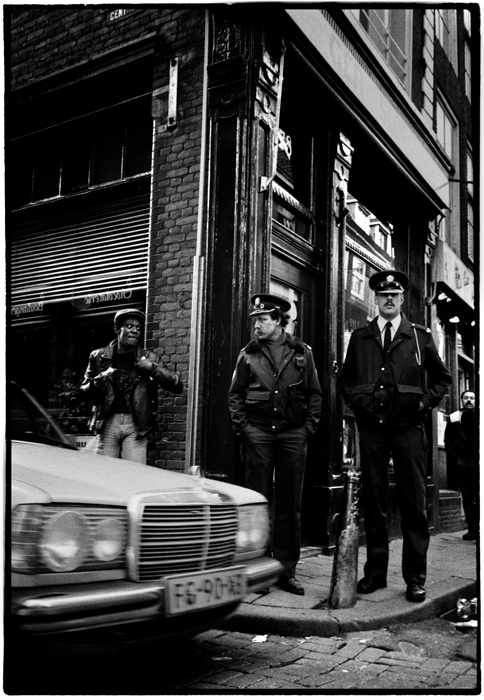 "Wallen"- Amsterdam 1986
"Wallen"- Amsterdam 1986
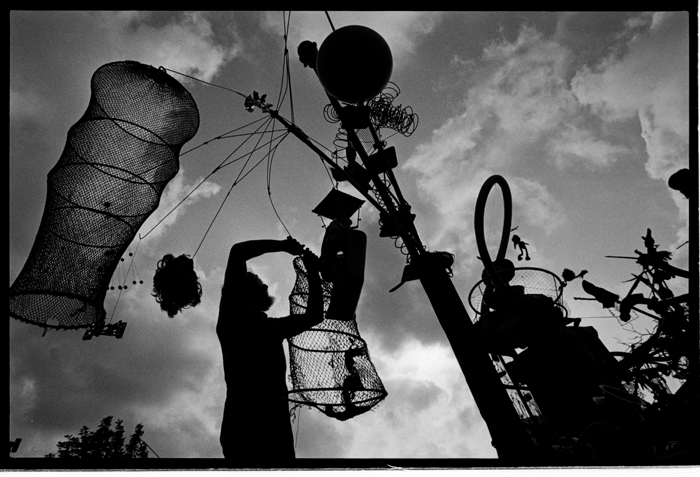
"'t Land - Amsterdam 1987"
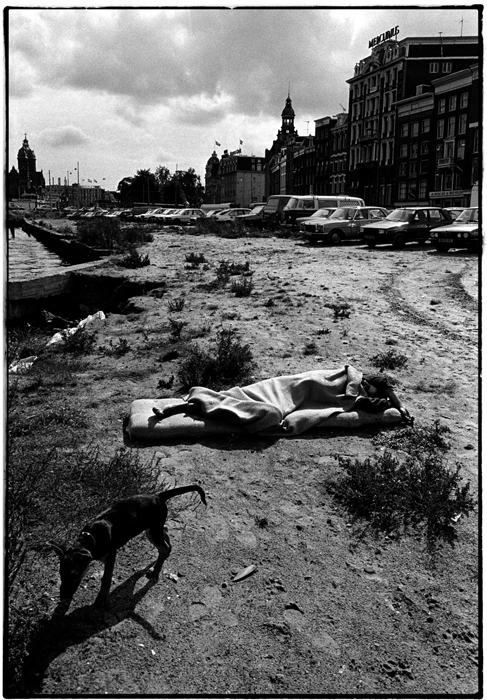 "Homeless - Amsterdam 1988"
"Homeless - Amsterdam 1988"
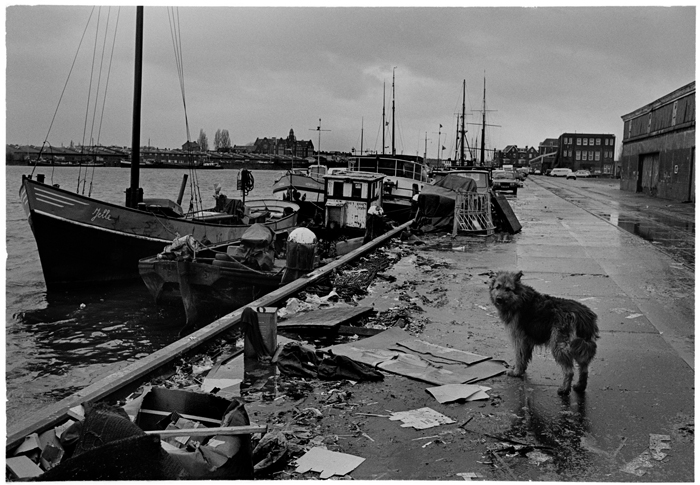 "Oostelijke Handelskaai - Amsterdam 1988"
"Oostelijke Handelskaai - Amsterdam 1988"
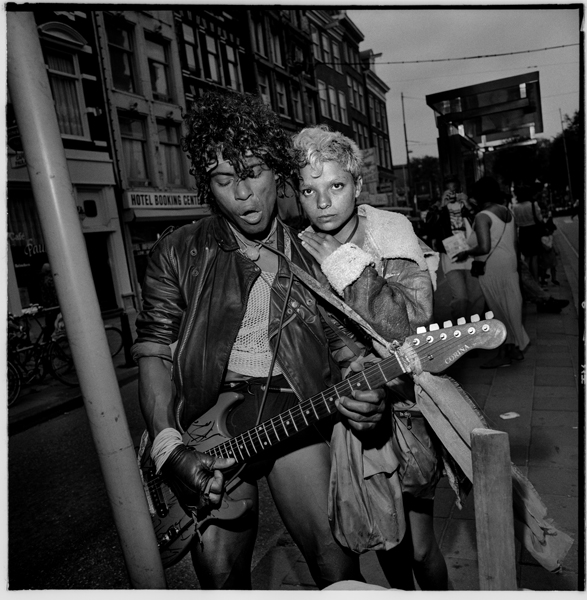
Jimmi Hendrix - Amsterdam 1989
What are your roots and how did you start in photography?
I come from a solid Dutch family in Zwolle. My dad worked for the railway company and my mom was a midwife. They were not particularly interested in art., but my dad had a camera which he gave to me and from early adolescence I started using it.
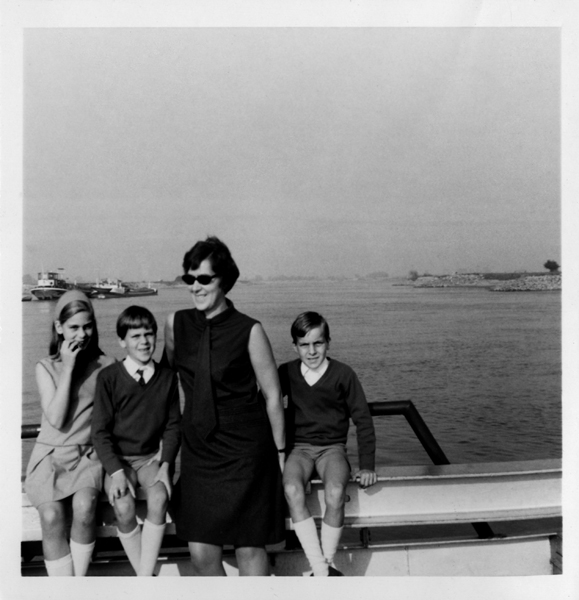
I did take some courses in photography at the Celus Centrum, where I also learned the darkroom techniques. I took my first fashion photos at that time.
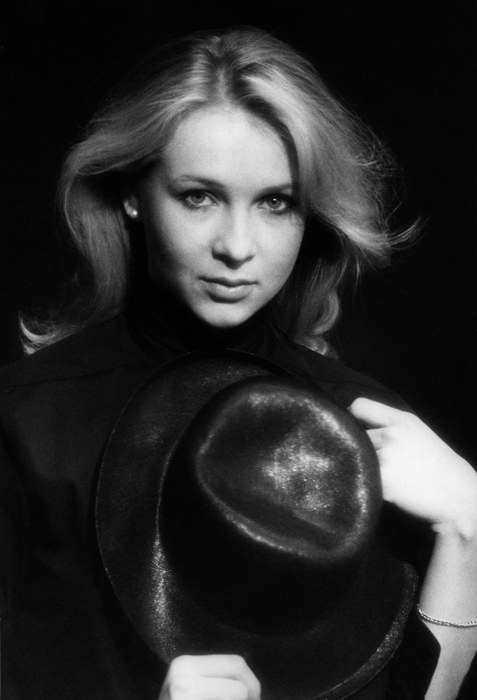
I also took photos of the Punk Band “The Lazy Bits”
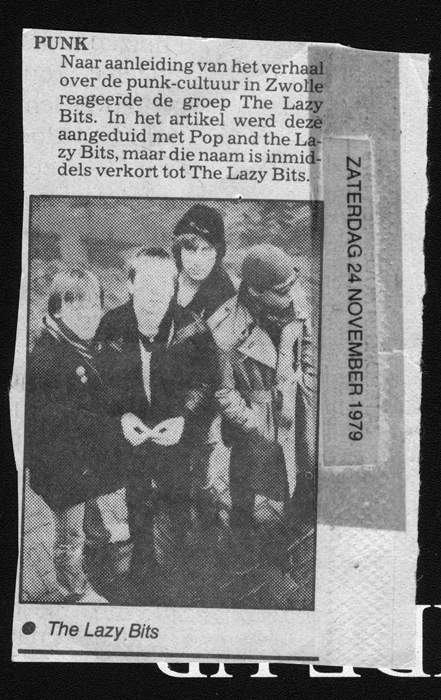
But Zwolle was a rather dull city where for the rest nothing much happened. That was reason enough for me to look up more adventurous places and at the age of 20 I moved to Amsterdam. During my military service I photographed and worked in the small dark room we had. Before finishing the MTS (Middle Technical School), department of Phototechnics, I had already secured a job at De Nieuwe Revu (a magazine). Amsterdam was exciting, the people, the fashion, the culture.
I still work for De Nieuwe Revu, almost 30 years already. My connection with Herman Brood (a famous Dutch singer in the ‘80’s) opened doors for me and I took many photos of him which were published in the magazine. The Herman Brood series made me famous.
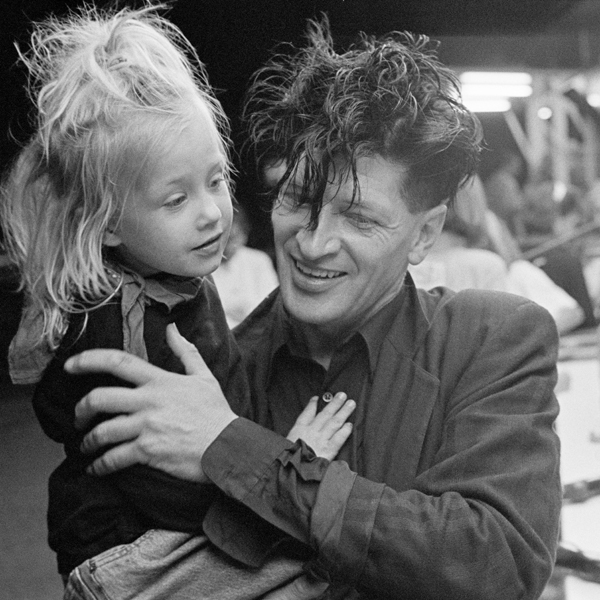 "Herman Brood and his daughter Lola in Cadaques - 1986"
"Herman Brood and his daughter Lola in Cadaques - 1986"
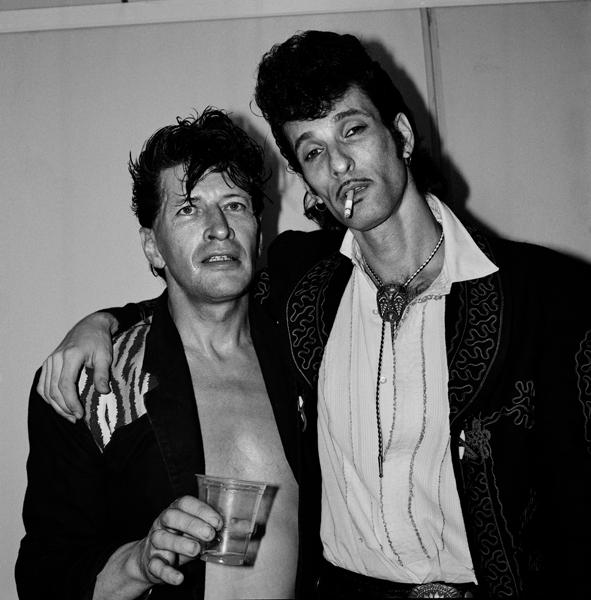 "Herman Brood and Willy de Ville - Barcelona 1988"
"Herman Brood and Willy de Ville - Barcelona 1988"
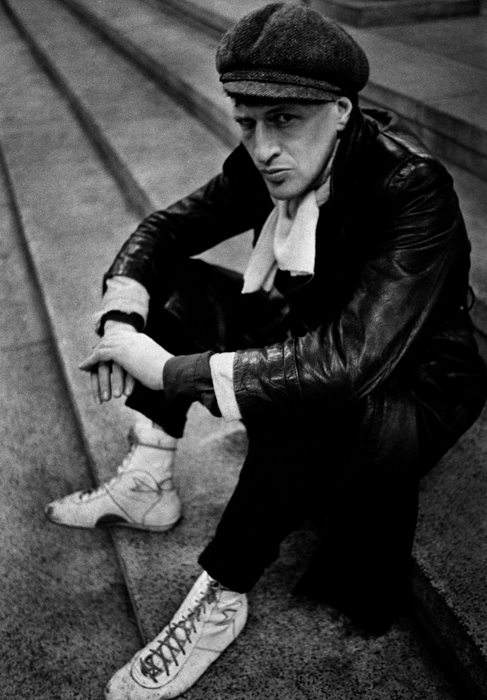 "Herman Brood - private photo session 1985"
"Herman Brood - private photo session 1985"
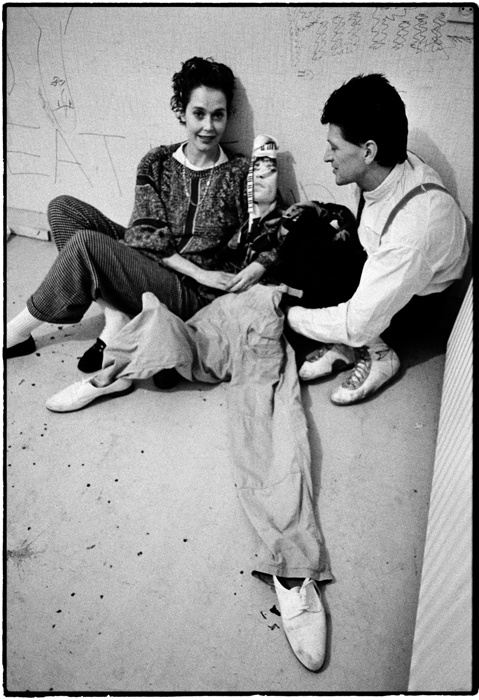 "Herman Brood and Silvia Kristel - 1985"
"Herman Brood and Silvia Kristel - 1985"
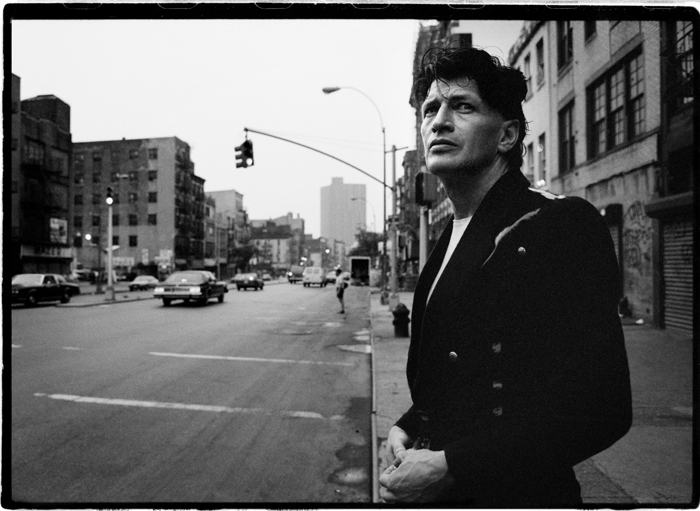
"Herman Brood - NYC 1988"
For De Nieuwe Revu I travelled a lot, to Africa for instance. I always was with a writer who wrote articles and I looked after the pictures to accompany the story.
That was a great time. I was a “contract freelancer”. Besides this contract I also had my own company doing fashion, portrait and advertising photography.
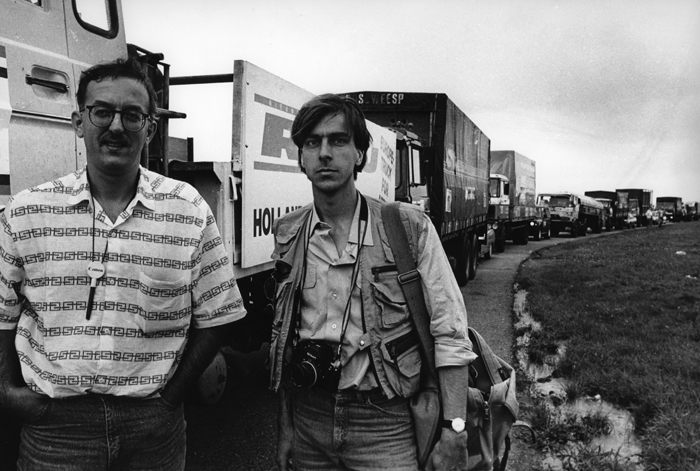 "Gerard Wessel and collegue Paul van Gagendonk - 1985"
"Gerard Wessel and collegue Paul van Gagendonk - 1985"
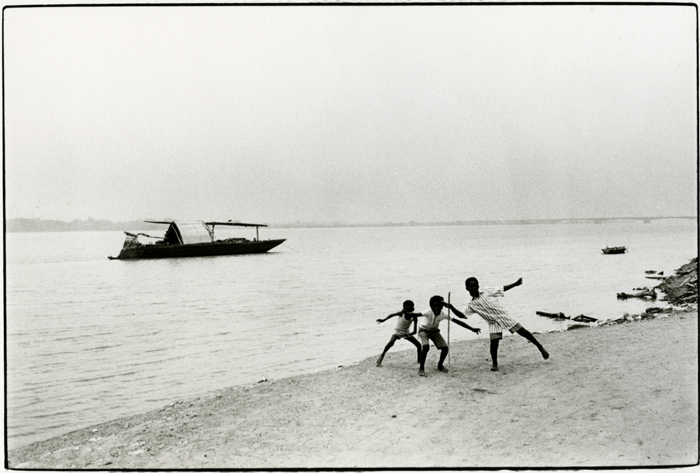 "Children playing along the Nile - Soedan 1985"
"Children playing along the Nile - Soedan 1985"
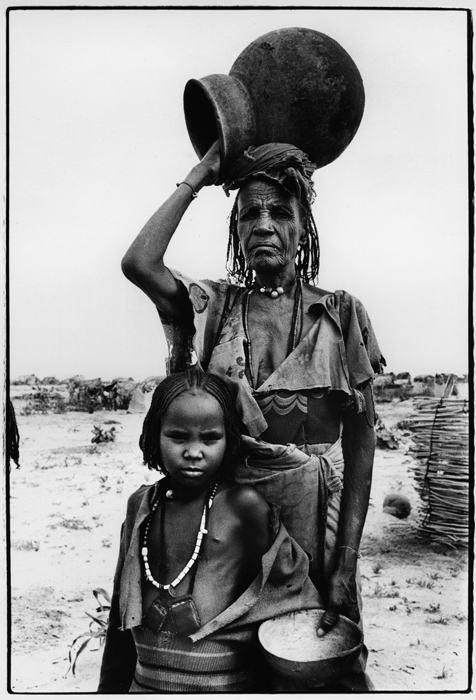 "Mother and child - Soedan 1985"
"Mother and child - Soedan 1985"
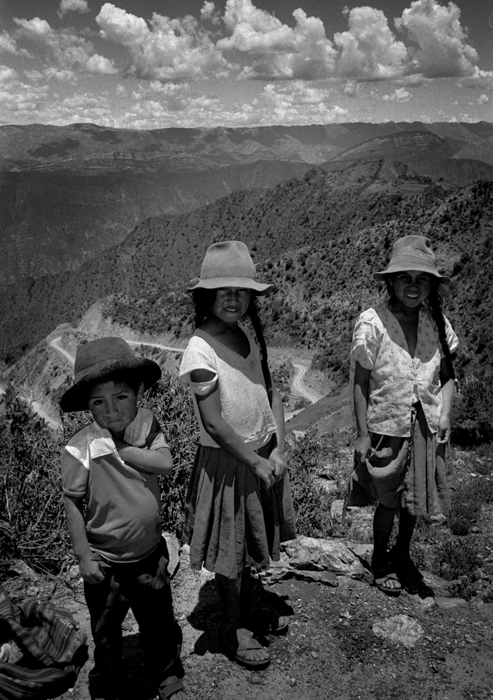 "Bolivia - 1997"
"Bolivia - 1997"
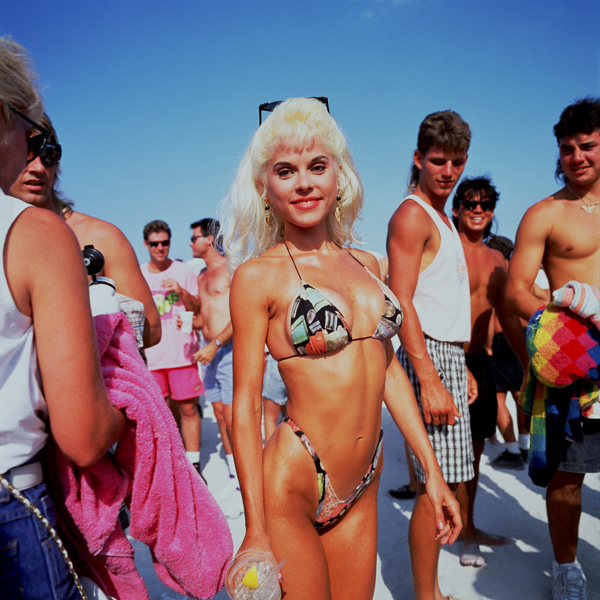 "Reportage Beach Miami 1991"
"Reportage Beach Miami 1991"
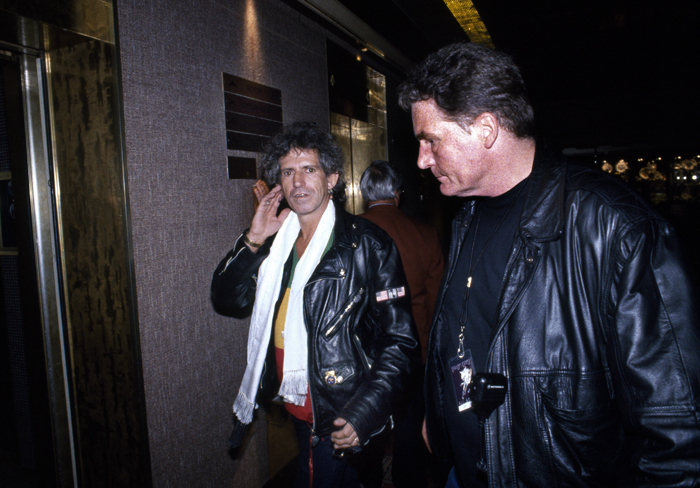
"The Rolling Stones - Rotterdam 1990"
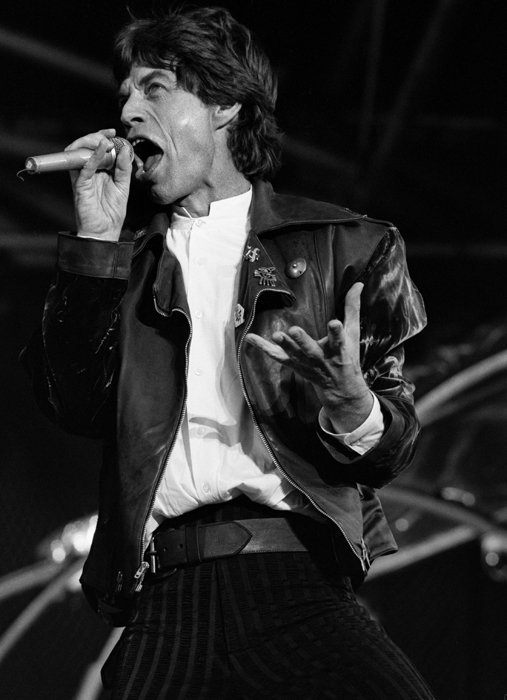 "The Rolling Stones - Rotterdam 1990"
"The Rolling Stones - Rotterdam 1990"
We didn’t get paid much at the magazine but we had a lot of freedom and our travel and other expenses were paid, which doesn’t happen any more nowadays. Now things are different. With digital photography there is a lot more imitation and there are a lot of photographers, which makes it difficult to stand out. That’s one of the reasons why I am resorting to analogue photography again where it’s easier to profile myself and show my own style. For portraits I often work with my Linhof camera, not in the 6x6 format because that’s a bit outdated. The Linhof is another type of camera with which I have been able to develop my own style.
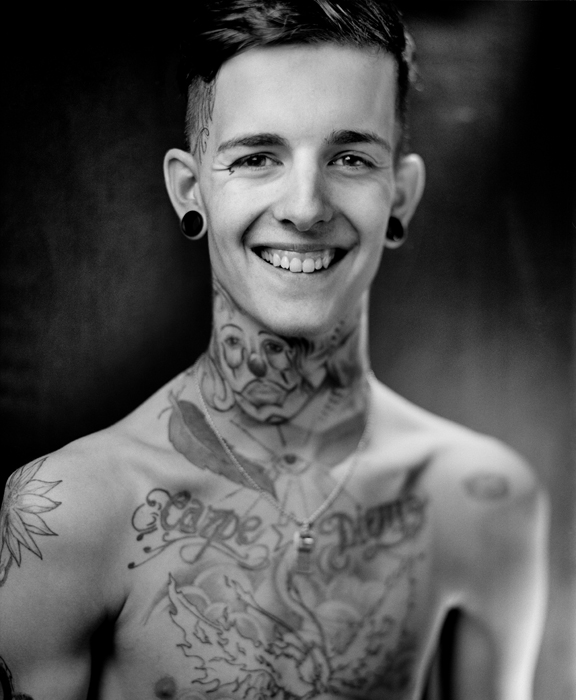 "Jeremy Pijper"
"Jeremy Pijper"
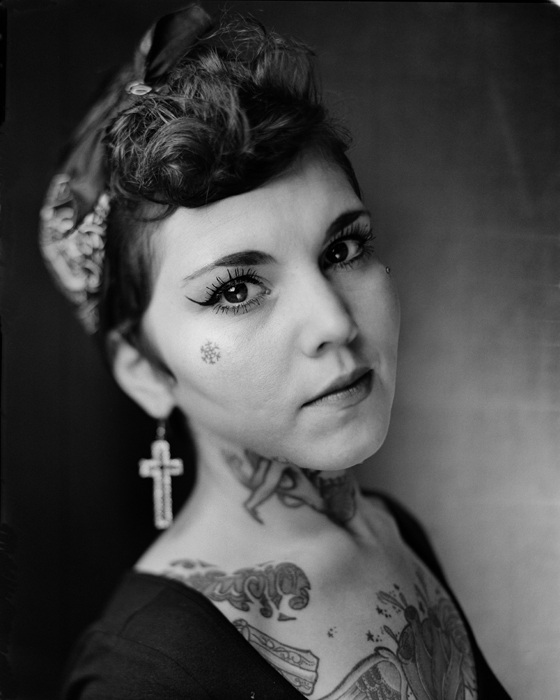 "Nikita Hakkens"
"Nikita Hakkens"
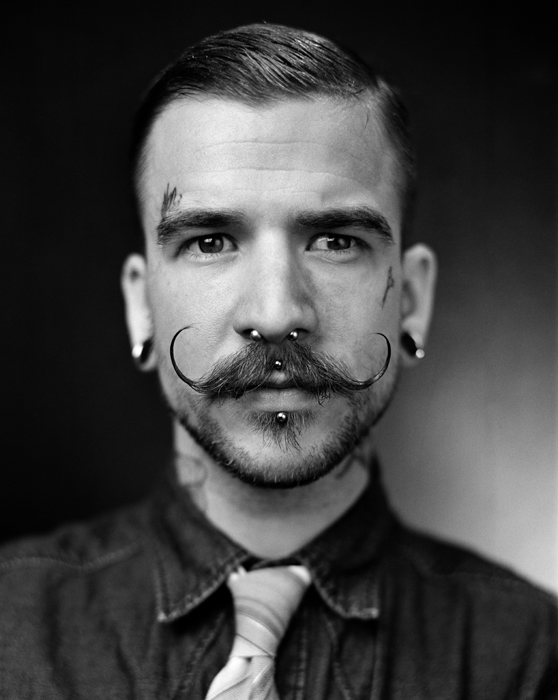 "Robbie Bones"
"Robbie Bones"
What do you think of the so-called artistic photography that is common in the photo academies these days? They all look similar to me.
Yes, nowadays it all has to be semi-artistic. These photos are hard to sell. My teacher always told me that it’s not how “beautiful” a photo is but how much of a story it can tell. I also still think that a thorough technical basis is important. Every basis should start with a knowledge and practice of analogue techniques.
My first professional camera was a Ricoh. During my military service I was able to buy a Hasselblad tax-free. But the camera I like best is the Rolleiflex 55mm: not as heavy in weight and very quick to focus.
In Amsterdam you have made series about low life and high life.
Yes, I have done both. In Zwolle I had already started with tramps and in Amsterdam I made the two series about low and high life. I always succeed in what I want to photograph. You have to stay polite and discreet. People like to be “directed”; it relaxes them. Look at my series about the famous author Herman Koch; I had given him a list of what to bring and I had borrowed clothes at the National Theatre. But when he showed up he told me that he didn’t want any of that so we had to take the photos with the clothes he was wearing: a hoodie. It turned out really well and it was published in De Volkskrant. I always tell people that I need one hour of their time.
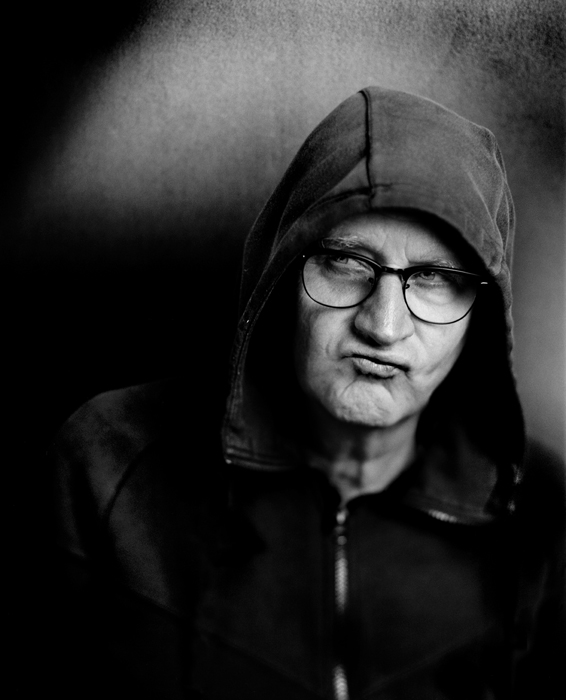 "Herman Koch"
"Herman Koch"
How did your friends and family react when they heard you wanted to be a photographer?
My career took off really fast and people around me saw that and were proud of me. It was great for a long time but especially in the last 10 years it has been difficult to earn enough money with it. You have to have another job besides photography. I have a family with 3 children and I can’t just be an artist. At some point I even did some construction work. In 2015 one of my works was bought by the Rijksmuseum and later on something was purchased by the Scheepvaart Museum. Large sums are involved in these purchases, which gave me a boost.
Now I am working for De Volkskrant again where I have my own column. And I shoot film but only as a hobby. All in all, money isn’t pouring in. To make it in the fashion industry you have to develop your own style, which needs a special talent. I never really obtained that and my preference remains reporting photography.
Your work shows an image of the times
Yes, I have photographed a lot of youth. They often dress according to the latest fashion and sometimes extreme. I always searched for the limits, the extravagance. It always has to continue to amaze me.
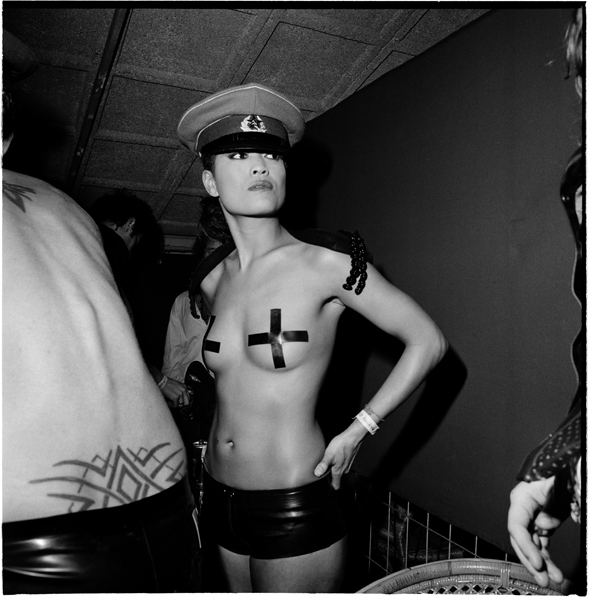
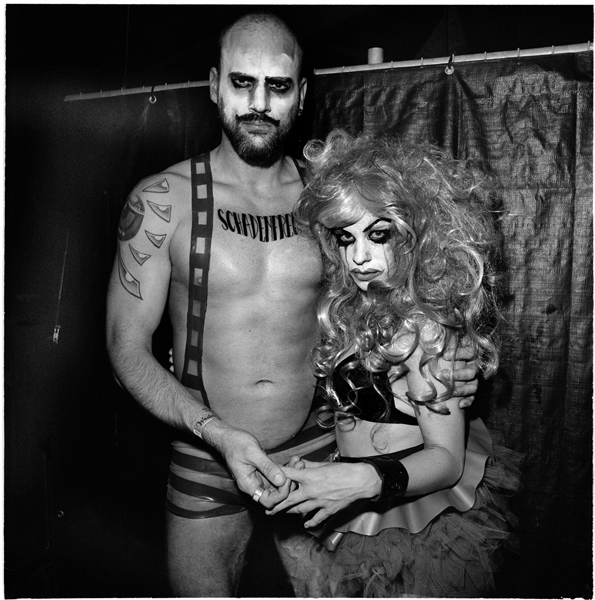
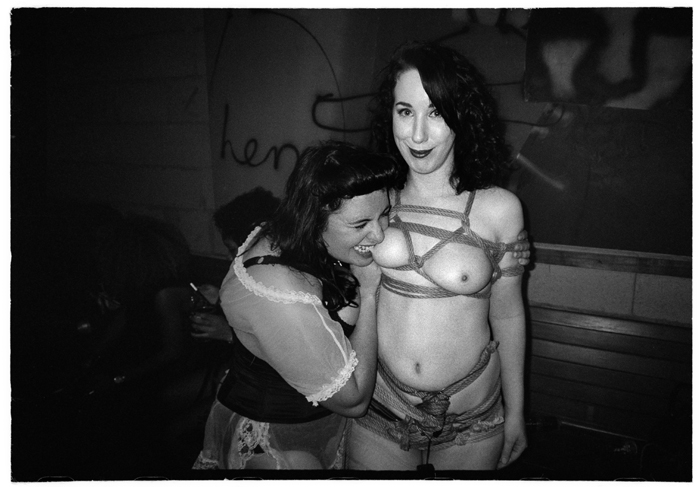
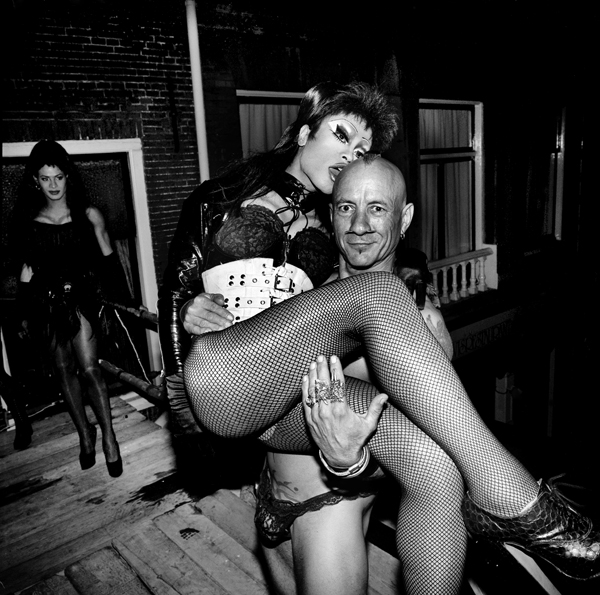
How do you approach people on the street?
You have to know what you want to photograph; you have to challenge yourself. For instance: today I am going to photograph youth in Amsterdam: decide where? In the centre; also decide on the streets that are most likely to have the most interesting people in it; decide on the time of day. Make sure you are relaxed, you are not in a rush or stressed. People will do anything for you as long as you get that click. Be honest. Decide on the location. If you find someone and the location isn’t perfect you can ask to accompany you to a better location. People will do that. I don’t stop until I have a good photo. I only make a few photos, anywhere between 1 and 6 and one of these will be the right one. You just feel that.
Some photographers find it very difficult to photograph people in the street.
I have never had problems with it. Only once when I asked a junkie whether I could take a photo of him and he refused. I then said: “OK, not then”. That was not the right thing to say and I immediately got a head-bang. Sometimes it is walking on a thin rope. You should always respect people.
Once in Rotterdam I asked someone who didn’t look very attractive because he missed part of his nose. He was so surprised because no one ever spoke to him. He shook my hand and thanked me for taking a photo of him. That was beautiful.
Do you think that population groups have changes in the course of time?
In principle youth doesn’t change. They just adopt new styles of clothing. People from new cultures who have come to settle in the Netherlands are sometimes difficult to photograph. Population in general has changed because the world is in motion. Persons with mobile phones are not interesting because they just look down on their screens. When I take photos at night in bars and cafés I get asked for copies of the photos. I explain to them that I take analogue photos and I can’t do that. I wouldn’t want to anyway.
Important is that you renew yourself constantly, that you keep developing.
Which place do you take amongst worldwide photographers?
I have once had an exposition together with James Nachtwey at Adriaan Monshouwer. He was a fan of my work. In the Netherlands I am a famous photographer.
Ed van der Elsken was also intrigued by youth. He had a beautiful, raw way of working. I have some of his work at home. Also of Koos Beukel.
Which tips do you have for the readers?
You have to love people, you have to like the contact. You should look at other photographer’s work a lot. You should strive for the best. If you are not really talented you should choose another profession. Unless you see it as a hobby. You should take on another job on the side and see if you can be successful. And you should think well about your subjects.
Books Gerard Wessel
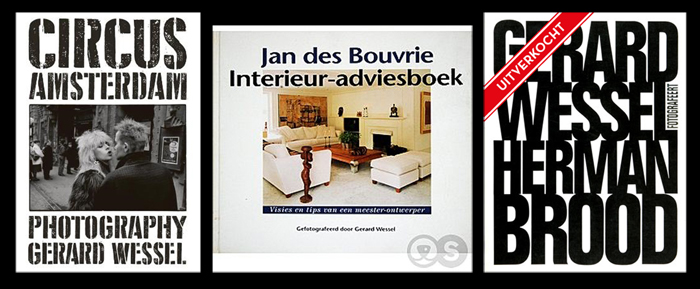
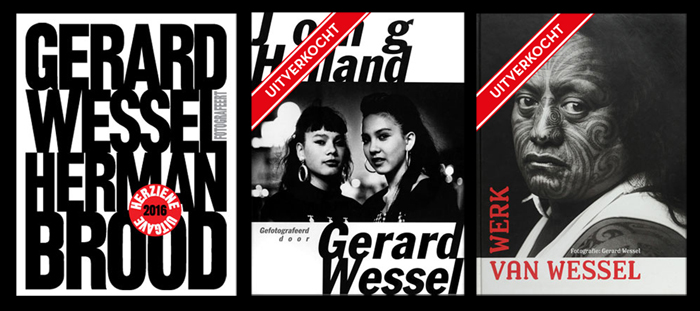
More work of Gerard Wessel on his website
All photos in this article are copyright Gerard Wessel
 | Write |
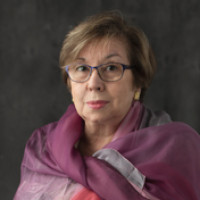 | Asuncion Salmeron PRO A great interview that has allowed me to know his photographic work and his books. Looking at his images, slowly, I realize the character behind the camera. Receive an affectionate greeting. |
 | Yvette Depaepe CREW Thanks for you nice feedback, Asuncion! Glad you discovered this great artist ;-) Cheers, Yvette |